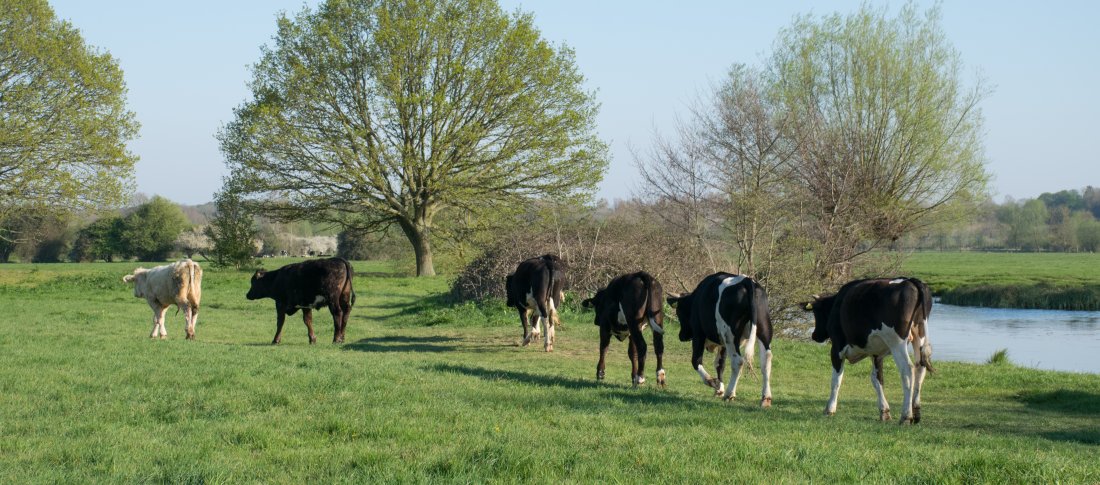Dairy farmers are all too familiar with the problem of cattle lameness. This common issue can reduce milk yields and impact profits, making it a significant welfare and productivity challenge in the industry. However, by implementing some straightforward prevention tips, you can minimise the effects of lameness and increase milk yields.
1. Regular hoof trimming
Hoof trimming is critical to prevent and treat lameness. Regular trimming helps maintain optimal hoof shape, which reduces the risk of injury and infection. It also helps identify early signs of lameness and address them promptly. Hoof trimming should be done every two to three months, depending on individual cow needs.
Regarding foot-bathing, it is crucial to maintain optimal hygiene levels by ensuring footbaths are clean and free of manure accumulation. A twin bath system can be an effective approach to ensure this. Experimenting with footbath frequency and size can also optimise hoof immersion and ensure each hoof receives a thorough cleaning.
2. Mobility scoring
Mobility scoring is a visual assessment of cow locomotion based on gait and posture. It is a quick and easy way to identify potential lameness issues. The most commonly used mobility scoring system is the locomotion 1-5 scale. A score of 1 signifies normal walking and posture, while 2 and 3 represent sub-clinically lame cows. Cows with scores of 4 and 5 are severely lame, and they experience extreme difficulty in mobility and require immediate intervention.
Locomotion scoring is an easy way to monitor the prevalence of lameness within your herd, which entails assessing how cows walk on a flat and obstacle-free surface. Regular scoring may be done every two to four months to determine if preventative measures such as proper nutrition, flooring, and foot trimming have been effective in reducing the occurrence of lameness.
3. Keeping records
Keeping records of cow health and productivity is crucial in identifying and tracking lameness issues. Records can help identify trends and patterns and determine if the management practices are effectively reducing lameness. It can also help identify individual cows that require regular attention.
4. Hygiene management
Maintaining good hygiene practices in the barn is essential for preventing and treating lameness. Regular cleaning and disinfection of barn floors, alleys and stalls reduces the risk of bacterial infections that can cause lameness. Also, ensuring that cows have comfortable bedding to rest on can reduce stress and prevent hoof injuries. Stalls should allow cows to move freely and provide comfortable bedding conditions, with deep bedding being the preferred option.
5. Nutrition and management
Good nutrition and management practices are crucial for cow health and productivity. A balanced diet that meets the cow's nutritional requirements can help prevent lameness caused by nutritional deficiencies or excesses. Adequate space and comfort can reduce stress and prevent injuries that lead to lameness.
So, we know that lameness can have a significant impact on cow health and productivity, and it should be taken seriously. Regular hoof trimming, mobility scoring, record keeping, hygiene management, and good nutrition and management practices are all things that can help prevent and/or treat lameness in dairy cows. By implementing these practices, you can minimise the risk of costly and persistent lameness issues in your herds.
